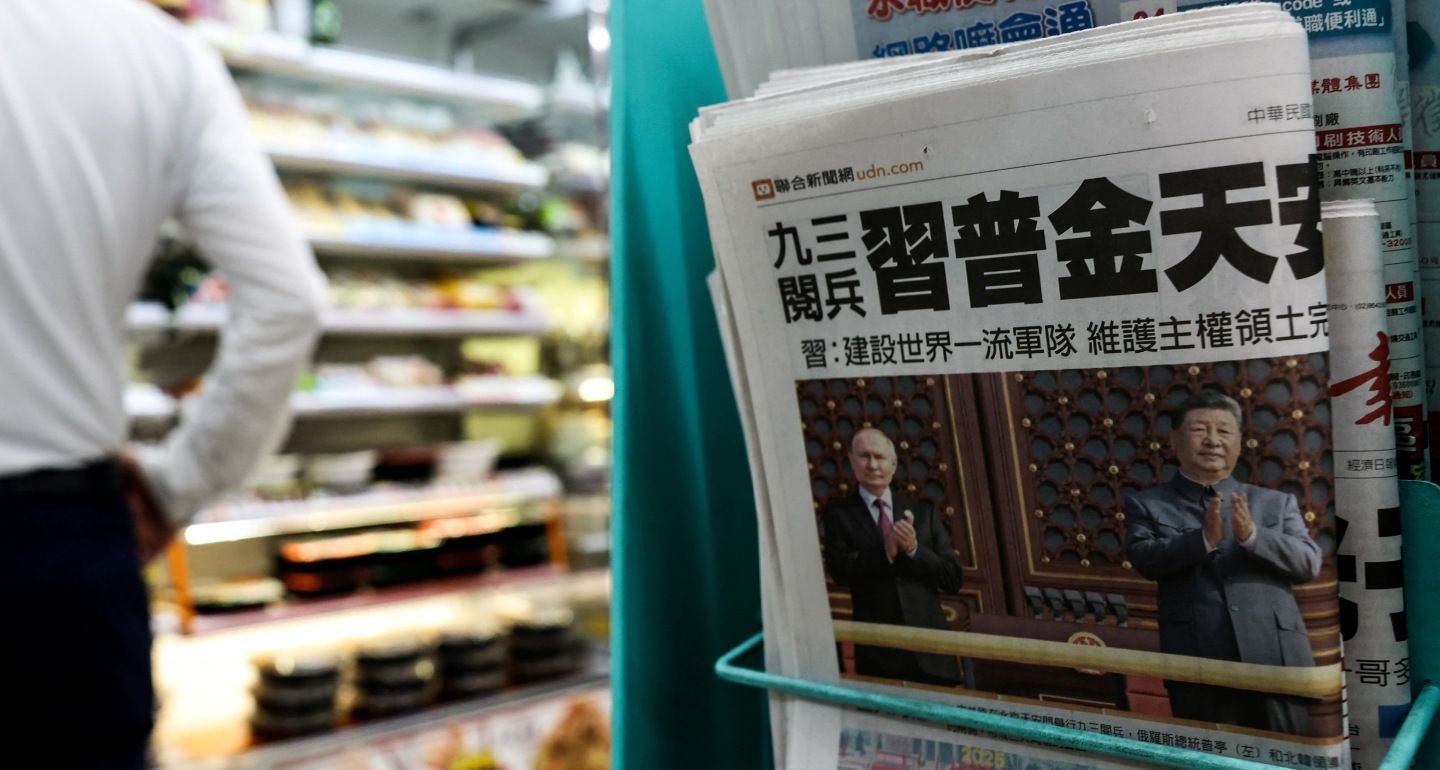“Biden did something that was unthinkable. He drove China and Russia together. It's the one thing you didn't want to do because they're basically natural enemies,” U.S. President Donald Trump told Fox News after his Alaska meeting with his Russian counterpart Vladimir Putin. This week’s summit in China, where Putin was Xi Jinping’s guest of honor, does not support that characterization. Fueled by resentment toward the U.S., the China-Russia relationship is only set to deepen – increasingly on Beijing’s terms. America’s chances of reversing this trend remain elusive, and recent tariffs against India may only push Putin closer into Xi’s embrace.
In Trump’s telling, the partnership between China and Russia is unnatural, which may enable the U.S. to drive a wedge between the two. A key source of distrust is supposedly demography. “Russia has tremendous amounts of land. China has tremendous amounts of people, and China needs Russian land,” Trump told Fox News. The asymmetry between the vast and empty Russian Far East, home to just 7.9 million people, and China’s 1.4 billion population, is indeed hard to miss. Historically it has caused a lot of alarm in the Kremlin. But as China’s population has started to shrink, those fears have now been mostly alleviated.
Still, Trump is not wrong when he talks about “natural friction” between China and Russia. Its root is not demography, but growing economic and technological asymmetry. While China has emerged as a manufacturing and technological powerhouse of the 21st century, Putin’s Russia is a pale shadow of its former self. And by setting itself on a course of deepening isolation from the West, Russia has provided China with more leverage.
Before 2014, 80% of Russia’s trade was with the West, and just 10% with China. The bulk of investment and technology in Russia came from the EU and the U.S. When Putin decided to annex Crimea, he started to rely on China more to replace the dependency on the West. The full-scale invasion of Ukraine in 2022 greatly exacerbated that process. Today Beijing accounts for more than 30% of Russia’s export revenues and provides over 40% of its imports, including goods that fuel the Kremlin’s war machine. For China, Russia’s footprint is smaller and thus replaceable: just 3% of exports and 5% of imports last year.
As Russia’s estrangement form the West deepens, China’s role as a lifeline to Putin’s system is only set to grow. And there is no escape now. When Putin turned his back on the West a decade ago, he had China to fill the void. But now, even if for some reason he chose to pivot away from Beijing, there is no credible alternative. No other country can simultaneously provide Russia with a giant market for its commodities, modern technology, logistical proximity, and financial tools to circumvent Western sanctions – all without any questions asked about the brutal war that the Kremlin is waging against Ukraine.
In theory, this should be deeply unsettling for any pragmatic decision-maker in the Kremlin, and Moscow should be looking for ways to correct its course and restore balance in its foreign policy, instead of putting all its eggs in the China basket. But Putin is no pragmatic decision-maker, and the deepening vassalage to China is his own choice. This is the price Putin is making the country pay for chasing his dream of dominating Ukraine. His stubbornness and maximalist demands in the Trump-instigated negotiations are testament to that.
Even if Washington chooses to restore bilateral economic ties with Russia, it still won’t be able to substitute the $245 billion trade with China. Currently, U.S.-Russia trade stands at $3.5 billion, and the 2011 record of $45 billion is ancient history. American businesses don’t plan to go back to Putin’s Russia, since the confrontation could start up again when Trump’s term ends in less than four years. In Europe, which is the only player that can help Russia out of its lopsided China-dependency, there is little appetite to go back to pre-war levels of economic reliance on the Kremlin. Moreover, the recent EU-U.S. trade deal brokered by Trump leaves no room for Russian hydrocarbons in the EU.
The only player that is helping Putin to avoid a near-total dependency on China is India, which buys around 40% of Russian oil exports. Ironically, if the Trump administration ultimately succeeds in forcing New Delhi to decrease its reliance on Russian oil imports, it will only boost the Kremlin’s reliance on China even further. And as Beijing has powerful tools to retaliate — particularly its rare earth export controls — should the U.S. attempt to pressure it, it would be foolish to expect that Xi will throw his junior partner under the bus. For Beijing, Russia’s growing vassalage to China — wrapped in diplomatic flattery between the leaders and shared animosity toward the U.S. global leadership — has plenty to recommend it.
The Kremlin’s growing dependency on Beijing is here to stay — at least, as long as Putin’s obsession with Ukraine and his grudges against the West are a placeholder for a pragmatic grand strategy for Russia.




